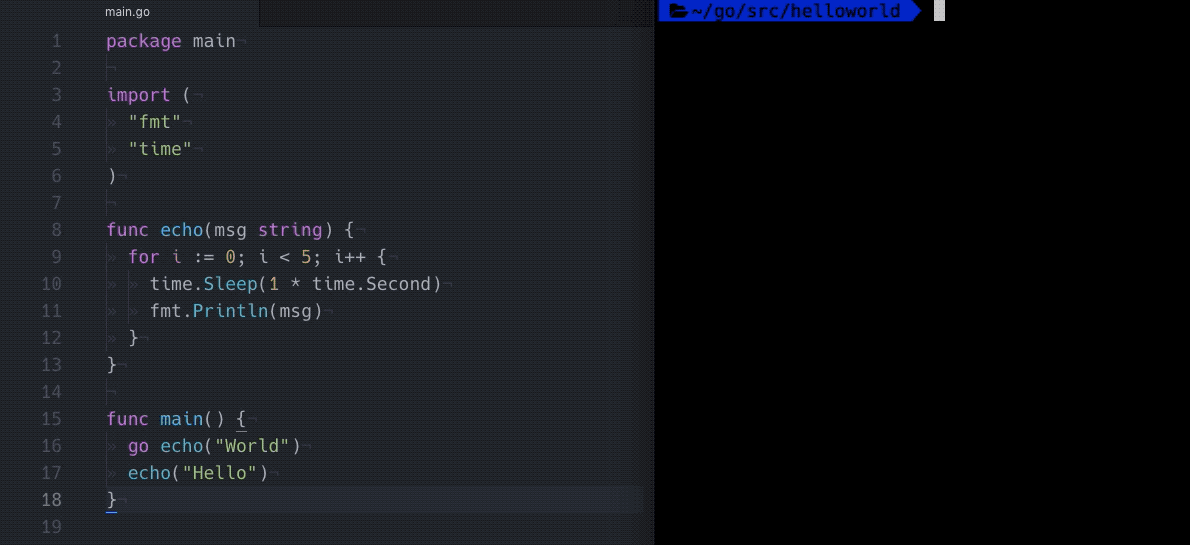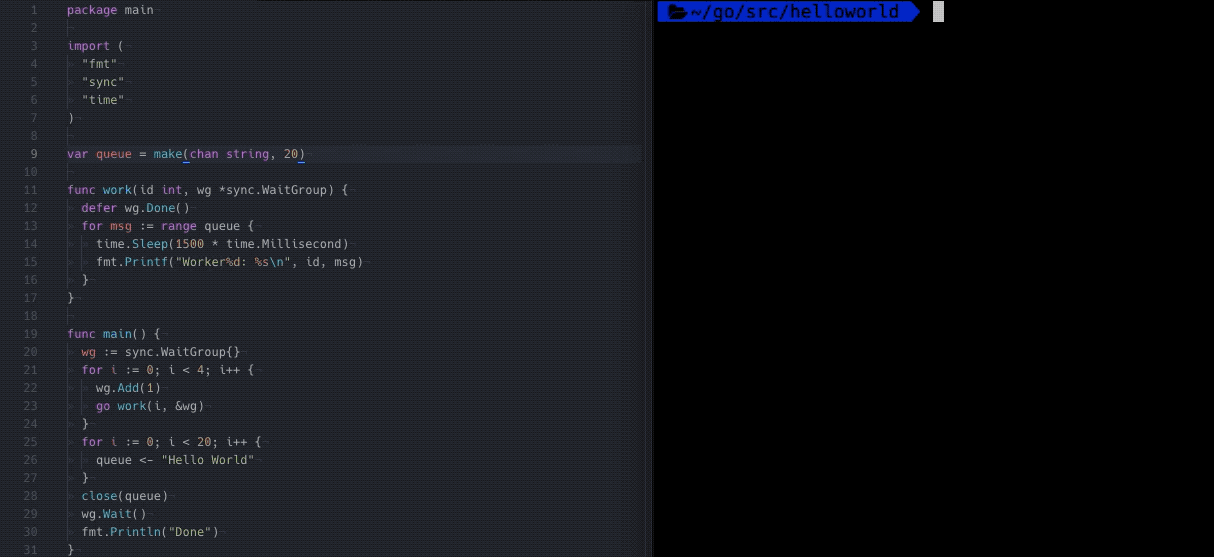Creating your own Certificate Authority and certs
Often its useful to create your own certificates for your own local network. Let’s go through the process of generating and signing certificates that can be trusted by your own machines.
First let’s create a location for storing CA information. We will use
$HOME/certs for these examples and boomerain will be our example organization.
Creating our Certificate Authority
We’ll first create a location for storing CA information. We will use
$HOME/certsfor these examples and boomerain will be our example organization.mkdir -p ~/certs cd ~/certsCreate the CA private key. Keep this key and password safe!
openssl genrsa -des3 -out boomerain.CA.key 2048Create a certificate signing request
openssl req -verbose -new -key boomerain.CA.key -out boomerain.CA.csr -sha256 > Country Name (2 letter code) [AU]:US > State or Province Name (full name) [Some-State]:New Jersey > Locality Name (eg, city) []:Lumberton > Organization Name (eg, company) [Internet Widgits Pty Ltd]:Boomerain > Organizational Unit Name (eg, section) []: > Common Name (e.g. server FQDN or YOUR name) []:CA for boomerain > Email Address []:<my email>Setup the CA configuration file. Create a file
ca.confwith the following contents. This information is used with our CA signs requests.1 2 3 4 5 6 7 8 9 10 11 12 13 14 15 16 17 18 19 20 21 22 23 24 25 26 27 28 29 30 31 32 33 34 35 36 37 38 39 40 41 42# we use 'ca' as the default section because we're usign the ca command [ ca ] default_ca = boomerain [ boomerain ] # a text file containing the next serial number to use in hex. Mandatory. # This file must be present and contain a valid serial number. serial = ./serial # the text database file to use. Mandatory. This file must be present though # initially it will be empty. database = ./index.txt # specifies the directory where new certificates will be placed. Mandatory. new_certs_dir = ./newcerts # the file containing the CA certificate. Mandatory certificate = ./boomerain.CA.crt # the file contaning the CA private key. Mandatory private_key = ./boomerain.CA.key # the message digest algorithm. Remember to not use MD5 default_md = sha256 # for how many days will the signed certificate be valid (10yrs) default_days = 3650 # a section with a set of variables corresponding to DN fields policy = same_country [ same_country ] # if the value is "match" then the field value must match the same field in the # CA certificate. If the value is "supplied" then it must be present. # Optional means it may be present. Any fields not mentioned are silently # deleted. countryName = match stateOrProvinceName = supplied organizationName = supplied commonName = supplied organizationalUnitName = optional commonName = suppliedCreate an CA extensions file
boomerain.CA.extensions.confwith This sets up the permissions of what the CA cert is allowed to do.1 2 3 4 5 6 7 8basicConstraints=critical,@bs_section keyUsage=critical, keyCertSign, cRLSign extendedKeyUsage=emailProtection, serverAuth, clientAuth, timeStamping, msEFS, msCodeCom subjectKeyIdentifier = hash [ bs_section ] CA=true pathlen=1Setup the dir for signing.
- Newly signed certs will be kept in
newcerts. - index.txt will be tracking our signed certs and be used for revoking
- serial keeps track of the number of the next cert to sign
mkdir newcerts touch index.txt echo "01" > serial
- Newly signed certs will be kept in
Sign your CA’s cert
openssl ca -config ca.conf \ -extfile boomerain.CA.extensions.conf \ -out boomerain.CA.crt \ -keyfile boomerain.CA.key \ -verbose -selfsign -md sha256 \ -enddate 210001010000Z \ -infiles boomerain.CA.csr
Create certificates
Next we want to generate certificates that we will use. We will use $CERT_NAME for our new cert.
export CERT_NAME=<my_new_cert_name>Generate a certificate key. Don’t use a password here if you want to use with nginx, apache, etc.
openssl genrsa -out $CERT_NAME.key 2048Next generate a signing request that our CA will use to sign our cert: I’m using
.homehere as my local network domain.1 2 3 4 5 6 7 8 9 10 11openssl req -verbose -new -key $CERT_NAME.key -out $CERT_NAME.csr -sha256 echo "basicConstraints=CA:FALSE keyUsage = keyEncipherment, dataEncipherment extendedKeyUsage = serverAuth, clientAuth subjectAltName=@alt_names subjectKeyIdentifier = hash [ alt_names ] DNS.1 = *.home DNS.2 = home" > $CERT_NAME.extensions.confSign our request with our CA:
openssl ca -config ca.conf -extfile $CERT_NAME.extensions.conf -out $CERT_NAME.pem -keyfile boomerain.CA.key -infiles $CERT_NAME.csr # Optional util I wrote for combining the CA cert and newly signed cert makechain $CERT_NAME.pem boomerain.CA.crt > $CERT_NAME.fullchain.pem

 Concurrency in Go is handled by goroutines. Calling a function with the
Concurrency in Go is handled by goroutines. Calling a function with the  For this example, I need to explain one more concept. In Go a WaitGroup is a set of actions with members than
can be waited on to complete execution. You can add members to the WaitGroup using
For this example, I need to explain one more concept. In Go a WaitGroup is a set of actions with members than
can be waited on to complete execution. You can add members to the WaitGroup using 
